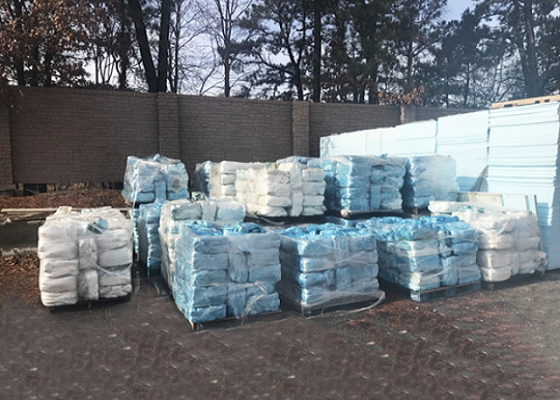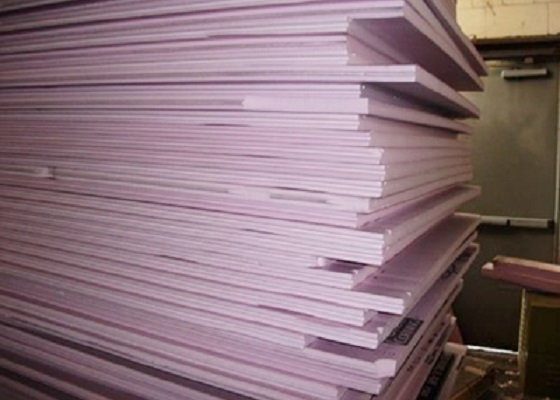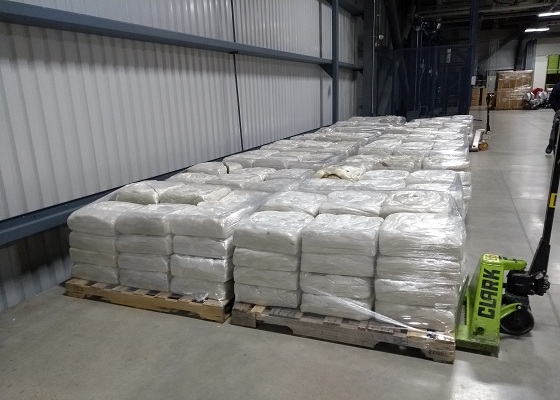Extruded Polystyrene Foam Sheathing– From Manufacture To Installation
One of the most usual parts of a building envelope carry out essential functions, however they do not always fulfill their true possibility. Therefore, different sorts of plastic materials can assist building proprietors achieve the performance they call for. As an example, extruded polystyrene (XPS) foam protecting sheathing provides many advantages as a result of the way this item is produced. Energy-efficient, simple to install, light-weight, and also identifiable in its blue, pink, or environment-friendly colors, the specification of extruded polystyrene foam sheathing may allow the use of a solitary product to produce a continuous layer of thermal and also moisture security on a structure’s walls, thereby adding to energy efficiency.
Developing extruded polystyrene
Extruded polystyrene (XPS) board insulation starts as a solid granule of polystyrene resin. The plastic granules are fed right into an extruder, where they are thawed as well as blended with important additives to create a viscous liquid. Next off, a blowing representative is infused to allow the plastic product’s development. Under carefully regulated warmth as well as pressure conditions, the plastic mix is required via a die into the preferred shape. The inflexible foam plastic is after that cut to the end product dimensions and is normally acknowledged as boards.
This continual process creates a closed-cell framework that appears like a mass of uniform bubbles with common wall surfaces between them. A continuous smooth skin on the top and also base likewise develops.
The closed-cell framework of extruded polystyrene foam imparts exceptional long-term strength and sturdiness. (See “Message from the APC” on web page 4 for even more on foam plastics.) Products are available in a variety of compressive toughness to suit differed application demands. Because of its intrinsic physical homes, this stamina does not rely on the use of facers or laminates, which can occasionally be endangered during setup. Nevertheless, extruded polystyrene foam faced-products are readily available to add added strength when defined for a specific application. Extruded polystyrene plastic additionally is available in a wide variety of sizes, as well as much as a density of 102 mm (4 in.) to suit numerous applications.
XPS Energy efficiency
Extruded polystyrene foam sheathing can have favorable power as well as air emission benefits when utilized in household structures. A 2000 Franklin Associates’ study shows even more power is conserved over the 50-year life of a home appropriately utilizing XPS foam insulation than is consumed by producing the insulation.1 Another research study, provided at the 2004 Earth Tech online forum, shows that after less than three years, more greenhouse gas exhausts are stayed clear of because of heating/cooling energy intake than are sent out throughout the manufacture of extruded polystyrene foam shielding sheathing.2.
Appropriately installed XPS foam can also enhance a building’s energy efficiency by offering a full layer of insulation on the wall. This reduces air activity through the wall surface that can burglarize power. Insulation between studs does not always provide full insulation worth due to the fact that timber studs and also various other framing participants are not protected. (See “Plastics Takes Improvement to the Wall,” web page 5.) This sensation is called thermal bridging and also can substantially reduce thermal efficiency of the structure.
Considering that domestic wood framing commonly comprises about 25 percent of the wall area (considering window and door framing), a quarter of the wall surface is uninsulated when only dental caries insulation is used. Because of this, extruded polystyrene foam sheathing can give shielding value to the whole wall surface location. Other than its intrinsic protecting performance, XPS foam sheathing, when correctly mounted as well as seams taped, can additionally considerably lower air leak with wall surfaces, which can enhance energy efficiency and also convenience.
A necessary quality for lasting structure items, particularly insulation, is the ability to function correctly over its valuable life without physical residential property performance destruction. In fact, great long-term insulation efficiency is required to properly develop a structure’s heating and air-conditioning systems.
Extruded polystyrene foam can likewise have advantages due to its capability to assist with dampness administration, resisting both water absorption and freeze/thaw cycles. When conventional insulation absorbs water, its thermal efficiency can be endangered gradually.
Reduce, recycle, recycle.
Three strong environmental concepts are to reduce, recycle, and reuse.3 Since extruded polystyrene foam protecting sheathing can lower power loss in structures, it can lower (i.e. reduce) the quantity of energy (gas as well as electric) needed to keep comfy living atmospheres.
The even more extensive using XPS foam shielding sheathing, the extra profound its result can be on reducing usage of natural deposits, such as coal, oil, as well as gas.
Polystyrene resin is a thermoplastic product, which suggests it can be thawed and re-inserted (i.e. recycled) into the manufacture of brand-new extruded polystyrene (XPS) foam insulation. Extruded polystyrene manufacturing plants produce essentially no scrap or waste materials because almost 100 percent is recouped, ground up and re-pelletized for the manufacturing system (i.e. recycled). Some companies also seek outdoors sources of scrap polystyrene plastic resin to recycle.
Furthermore, extruded polystyrene foam can be developed from post-consumer material. Nevertheless, there is currently no facilities in the United States that makes it financially appear to accumulate building and construction material infected with nails, adhesive, and so on. Must the scenario modification, XPS foam could be easily recycled once contaminants are eliminated from the product.3.
Another choice for lowering post-manufactured product includes incineration, which is not widely used in the United States. Nonetheless, extruded polystyrene foam could be feedstock for this technology, needs to it obtain support. In any case, since extruded polystyrene foam is utilized in structures with 15-to 50-year life expectancy, its impact on landfills tends to be small contrasted to standard products that may need even more frequent replacement.


